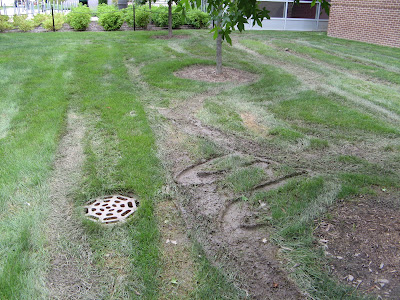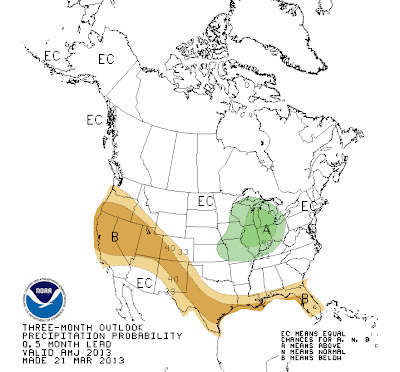Weed of the Month for April 2013 is Purple Deadnettle
Purple Deadnettle
Biology: Purple deadnettle (Lamium purpureum) is a common winter annual broadleaf weed found throughout the US. It is closely related to another winter annual broadleaf, henbit (Lamium amplexicaule). Both have vibrant purple flowers that can been seen now in lawns, landscapes, and fields.
Identification: Purple deadnettle is a winter annual meaning that it germinates in the fall, survives the winter as a plant, then flowers, develops seeds, and then dies when temperatures rise in late spring and early summer. Purple deadnettle blooms are mainly visible in April although you can find it blooming earlier and later depending on the area it is growing and the temperatures. Purple deadnettle is a member of the mint family and has a characteristic square stem. Purple deadnettle flowers are light purple in color and are small and tubular in shape.
Purple deadnettle leaves are triangular in shape with shallow lobes. Typically, the upper leaves are more purple-red in color than the lower leaves.
Cultural control: Purple deadnettle mainly occurs in turf and soils that are disturbed during the fall when it germinates. Proper mowing (higher mowing heights), proper fertilization (some rather than none to improve turf density), irrigation to prevent summer dormancy during drought, and aerification of compacted areas to improve turf health are all cultural practices that can be used to reduce purple deadnettle. If you only have a few purple deadnettle plants, you can usually pull them by hand.
Biological control: Some organic herbicides are available. Among the postemergence organic herbicides, the most common are pelargonic acid (Scythe) and acetic acid (5 percent or greater solutions). Other products that contain medium-length fatty acids and clove oil (eugenol) show some promise; however, these organic postemergence herbicides are nonselective and can injure actively growing desirable plants in the lawn and landscape, so their use should be limited to directed spot treatments. The bottom line is that most organic postemergence herbicides have limited use in turf and are better suited to weed control in parking lots, fence rows, and other bare ground applications.
Many new organic products contain the active ingredient iron HEDTA (FeHEDTA). Multiple applications of this product are required for control. FeHEDTA containing products injure turf less (can actually make turf darker green), but their efficacy for weed control is yet to be well documented.
Chemical control: Purple deadnettle can be controlled using preemergence or postemergence products, but I will mainly discuss postemergence control as preemergence control is more limited to bermudagrass and zoysiagrass lawns.
The more common approach to controlling purple deadnettle in cool-season turf is to use postemergence herbicides after it has already emerged. Most postemergence herbicides including those containing 2,4-D, dicamba, fluroxypyr, and others will control purple deadnettle. As plants get bigger, herbicides will be less effective at controlling this weed. Additionally, since it is a winter annual, it will naturally die in the summer so late spring herbicide applications aren’t necessarily warranted. You can tell that purple deadnettle is beginning to die from summer heat stress when the leaves start to turn yellow in color.
For more information on weed control, search this blog (search box in upper left corner of page) and archived turf tip postings and check out our Turfgrass Weed Control for Professionals Publication.
Aaron Patton, Turfgrass Extension Specialist
































